Elevate brand through packaging
Kraft White gives brands an extra-classy touch and reflects the freshness and high quality of the products
Crafted from discarded agricultural fibres, it’s the paper with a conscience.
Available in 30-80 GSM, USFDA and BfR certified, Kraft White is designed to work well with a thermal coating and poly-lamination, and ideal for pouches, food wrappers and sachets.



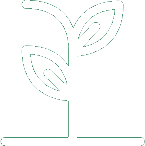

Kraft White gives brands an extra-classy touch and reflects the freshness and high quality of the products
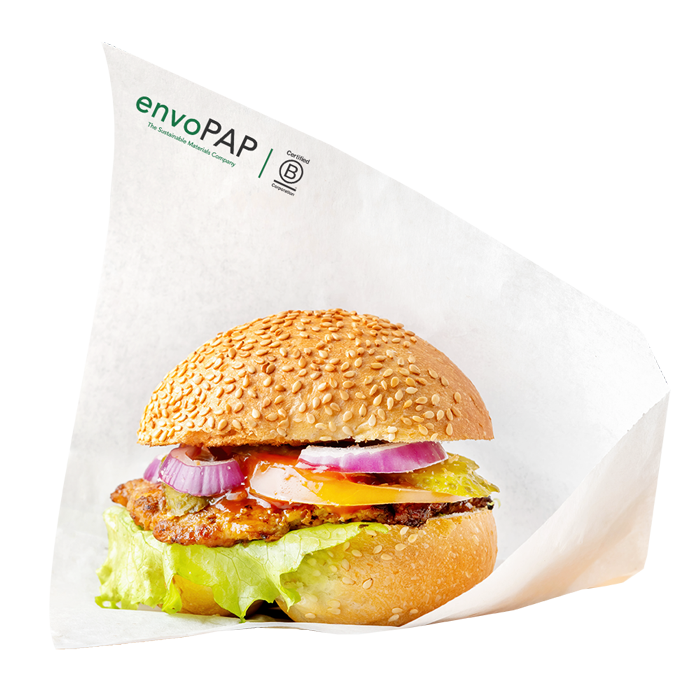
Kraft White is certified food contact safe by the USFDA and BfR (BFR XXXVI regulation)

Truly versatile material with myriad of uses.
Unleash your creativity and sustainability ambitions with Envopap’s Kraft White, the versatile paper turning everyday use cases into eco-friendly masterpieces.
Package products safely and securely in Kraft White bags for shopping and takeaway.
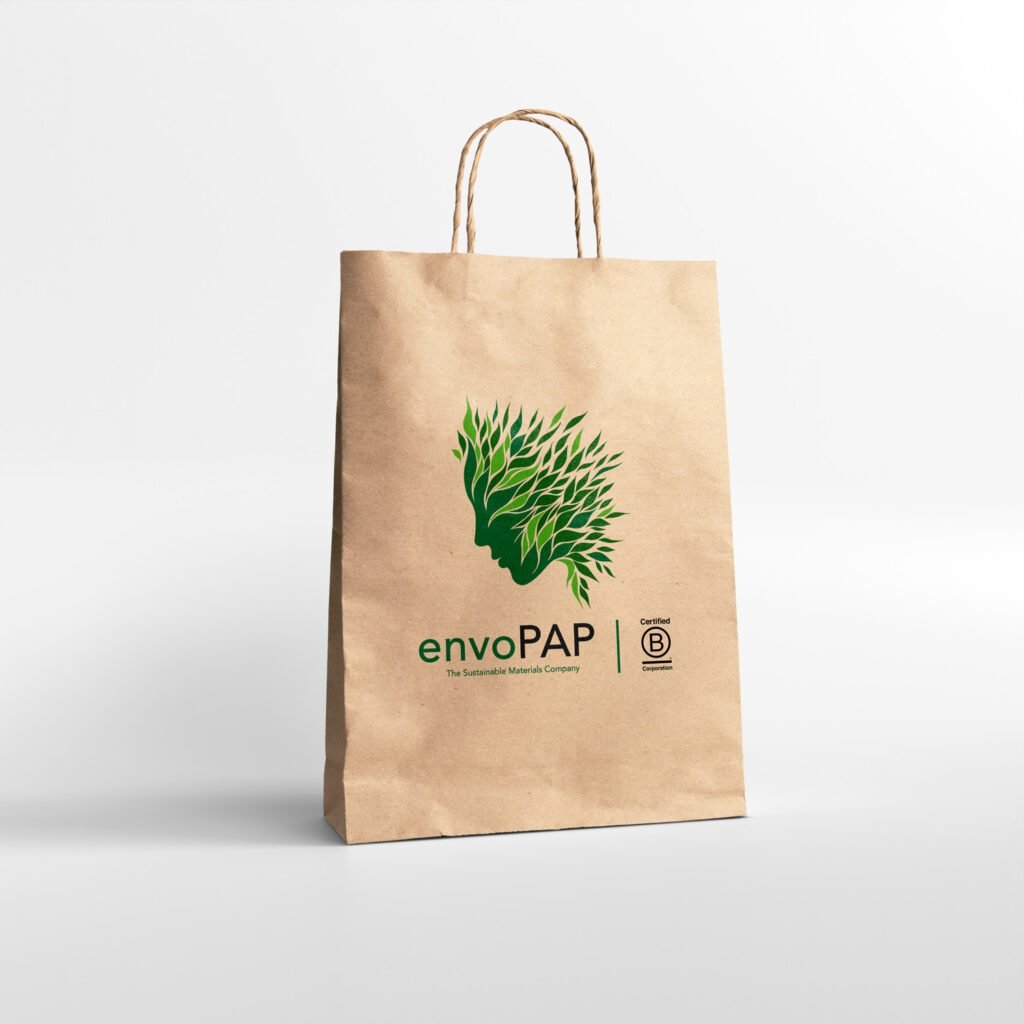
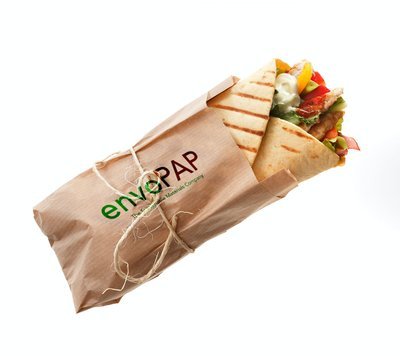
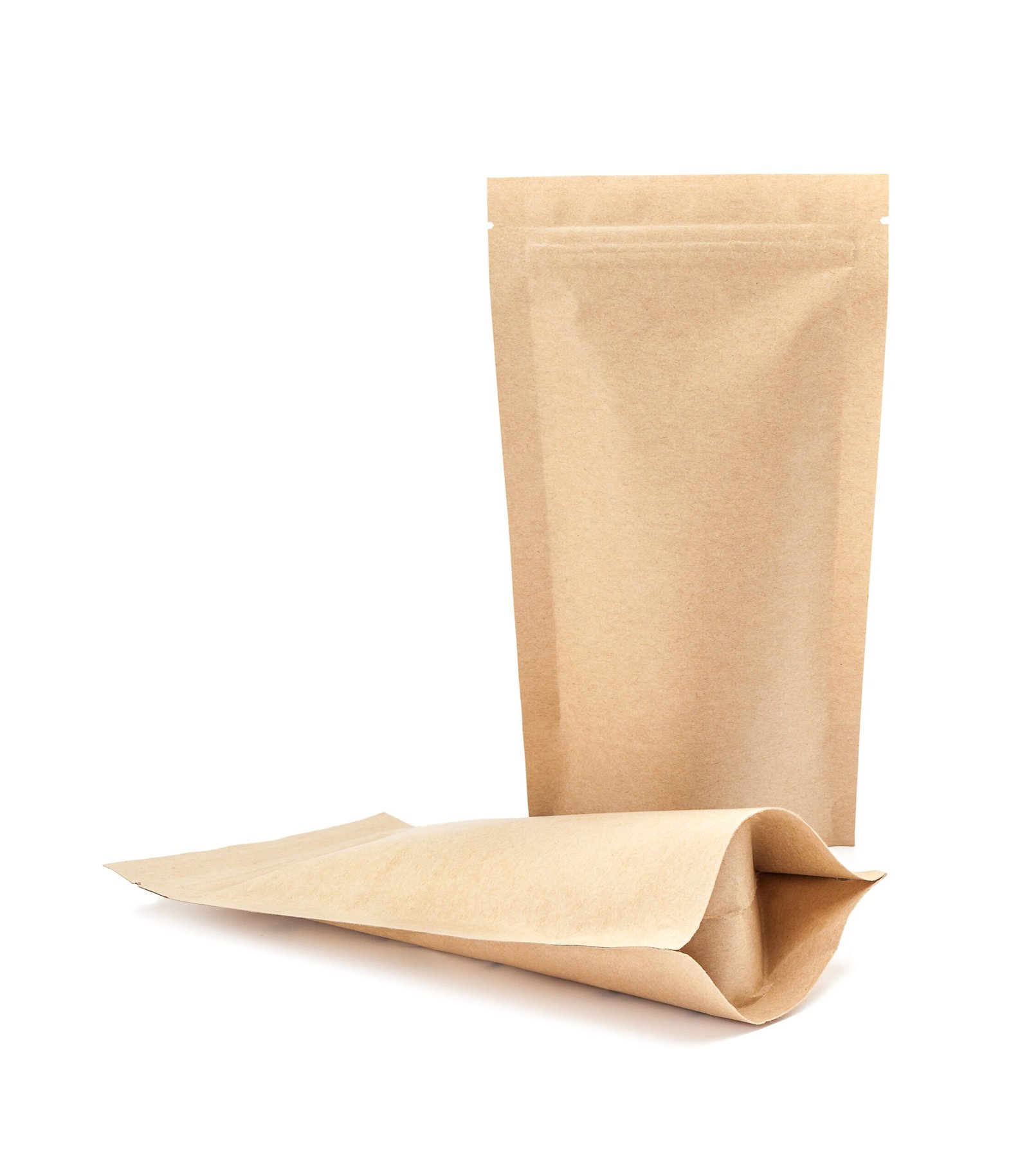
Bagasse is the dry pulpy fibrous residue that remains after sugarcane or sorghum stalks are crushed to extract their juice. It is used as a biofuel for the production of heat, energy, and electricity, and in the manufacture of pulp and building materials.
Agricultural waste, or agricultural residue, contains all parts of the plant that are released with the processing of agricultural crops like rice, grain, and sugarcane and are not suitable for human nutrition, like stems and leaves. This consists of about 80% of the harvest. The food industry only uses a small part of the agricultural crop. Often, only the seeds, fruits, roots and juices are used, which is about 20% of the plant. Because the vast majority of the plant is not of value to the food industry, we call this agricultural waste or agricultural residue. However, to envoPAP, it is anything but waste. We use it as a raw material for high quality paper and paperboard.
The four most cultivated agricultural crops worldwide are rice, grain, corn, and sugarcane. These crops have a total weight of over 16,500 billion kilos per year. About 80% of that weight can be regarded as agricultural waste and becomes available annually.
We know that forests are threatened and endangered around the world, so it is important to us to find alternative materials that do not require virgin forest resources. With bagasse, we can still use high performing disposable "paper" products, but know that we are choosing a product that is made from rapidly renewable and reclaimed sugarcane instead of trees.
Most types of trees in Europe have a growing season of between 25 and 40 years. For pine and spruce, this is between 70 and 80 years. For birches, this is between 35 and 40 years. For eucalyptus trees, this is between 12 and 15 years. In comparison: agricultural land produces at least one harvest per year. Agricultural waste becomes available every year.
envoPAP is made with green energy from agricultural waste. This is a clean raw material that does not need to be purified first, like recycled paper. Moreover, natural liquids are released from agricultural waste that are suitable for generating green energy. Environmental research shows that envoPAP has 29% less environmental impact than recycled paper. envoPAP paper is well disposed towards recycled paper, as this is also a good example of reusing waste material. envoPAP paper is perfectly suitable for recycling.
envoPAP is made from agricultural waste and with 100% green energy. Using agricultural waste as raw material for quality paper is logical, as well as innovative. It is so innovative that renowned (environmental) organizations such as FSC, PEFC, EU Eco label, and the WWF, do not yet acknowledge this raw material for paper and paperboard as a possibility in their policy. Therefore, envoPAP cannot yet be certified for a FSC or an EU Eco label. envoPAP leads the way and is, and wants to be, in consultation with all parties to ensure that agricultural waste becomes the new standard for quality paper and (folding) paperboard. Only after that can envoPAP certify itself for the established environmental hallmarks.
envoPAP manufactures in India where many agricultural crops are grown and processed. The factory is located in the middle of an area where the raw material, the agricultural waste, is released. The factory is a model of innovation and has specialized itself in agricultural waste as raw material for high quality paper, involving many years of research and development.
Paper factories in Europe generally use trees as a raw material. Fortunately, they are often FSC or PEFC certified. This raw material is available in abundance here. In addition, large manufacturers are also often owners of forestry companies. envoPAP is manufactured in India because this is exactly where many agricultural crops are grown and processed. The envoPAP factory is located in the middle of an area where the raw material, the agricultural waste, is released. The factory is a model of innovation and has specialized itself in agricultural waste as raw material for high quality paper, involving many years of research and development.
Our paper doesn't come from sustainably grown forests/trees rather from agro-waste.
Made from 80% sugarcane fiber and 20% wood pulp.
Made from 70% sugar cane fibre, 20% wheat/straw fiber and 10% recycled paper fibre.
Our packaging paper has been found to achieve a 28% carbon footprint saving while our printing grade has been found to achieve a 38% carbon footprint saving compared to equivalent conventional paper and packaging materials.
Our entire production process is carbon neutral and certified to be totally chlorine free.
Carbonless copy paper (CCP), non-carbon copy paper, or NCR paper (No CarbonRequired, taken from the initials of its creator, National Cash Register) is a type of coated paper designed to transfer information written on the front onto sheets beneath.
All our products undergo rigorous testing for quality. We guarantee that it will not experience more than one jam in 10,000 sheets on high-speed digital equipment. Thus, a 99.99% Jam-Free Guarantee.
Farm forestry and plantation schemes help local farmers convert deserts to cultivable lands by planting sugarcane. Sugarcane waste disposal is a big problem for small and medium scale farmers as waste recycling is an additional cost and thus, such farmers tend to burn or dump the sugarcane waste after harvest. This in turn causes air pollution by burning of waste in open.
We source such Bagasse Fibers from farmers without adding any cost to the farmers. Pulp mills utilize fair-trade practices whilst sourcing bagasse from the farmers. The sourced bagasse is then directly transferred to the Pulp Mills for generation of Bagasse Pulp for making paper. This in turn provides the farmers with additional income which is the most important factor for Paper Plus as it is our mission to help farmers. It is our action plan to help farmers to grow more, sell more and sell for more and thus help rural families to grow their incomes while also protecting the environment for generations to come.
Machine finished (MF) is a type of paper finish that is created using a machine, it differs from machine glazed (MG) paper in terms of the surface characteristics. Machine finished paper has a relatively smooth and even surface, but it does not have the glossy appearance of machine glazed paper.
Paper treated mechanically on the paper making machine, with a device such as a Calender stack, to improve the smoothness and uniformity of appearance on both sides. Finished produced on the paper as it leaves either the machine or the calendar stack. For increased printability, or smoothness when used as a liner, etc.
GSM refers to the substance weight of paper, relating to an area of paper that remains constant, irrespective of sheet size, expressed as grams per square metre. Typically the higher the GSM the heavier (and generally the thicker) the paper, but this isn't always the case.
Opacity is a property of paper that describes the amount of light which can pass through it. Paper with a high degree of opacity doesn’t let much light pass through it, while paper with a low degree of opacity is more translucent (allowing more light to pass through). The benefit of a highly opaque paper is that it will help lessen show through when printed.
Elemental Chlorine Free is when a paper is bleached by using chlorine dioxide, rather than an environmentally less acceptable method of bleaching.
Zero discharge usually refers to the treatment plant in which the reject from each part of the treatment plant is recycled. The reject is fed as the influent and once again treated.
We are on a mission to create innovative solutions that reduce waste and revolutionise packaging to help solve the environmental crisis
We are on a mission to create innovative solutions that reduce waste and revolutionise packaging to help solve the environmental crisis
*The following statement does not pertain to FCS (Forest Stewardship Council) certified trees and forests. The calculation is based on forestry practices that lack proper sustainable management.
**Printing Paper LCA Certificate and Packaging Paper LCA Certificate
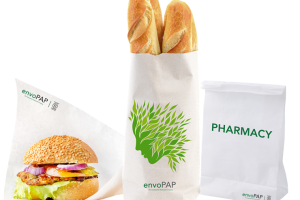






Lorem ipsum dolor sit amet, consectetur adipiscing elit. Ut elit tellus, luctus nec ullamcorper mattis, pulvinar dapibus leo.